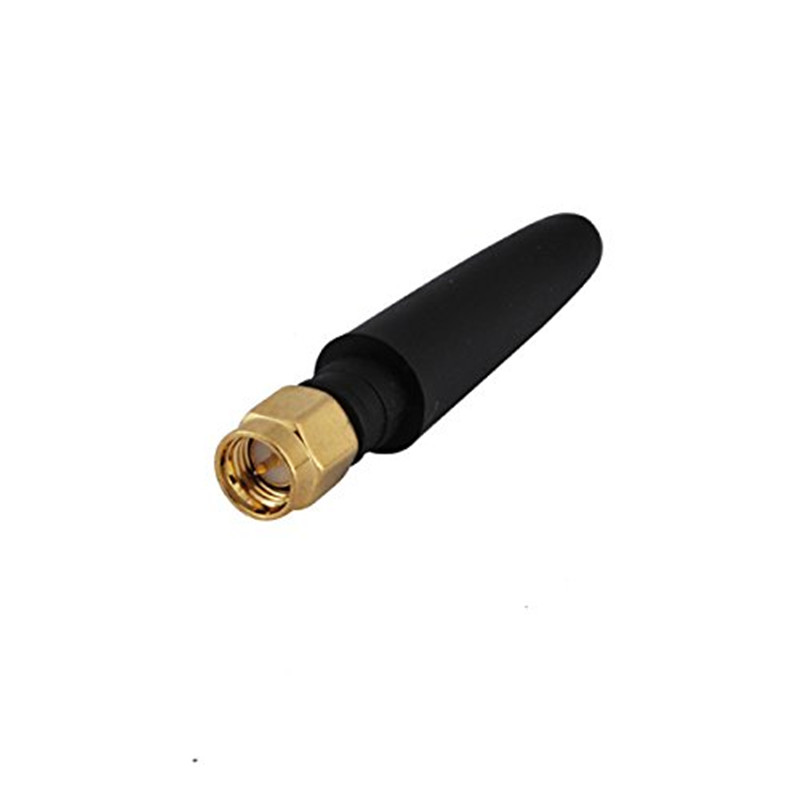The voltage in the telephone line is 20V. When a call comes in, the telephone line voltage rises to 48V, and the phone rings. When off-hook answers, the telephone line voltage will drop to 10V again.
The telephone line has a certain current limit, and a fuse is installed before entering the cable. The switching equipment has electricity when it comes out of each module. The telephone line is powered by 48V. The line has resistance connected in series, about 600 ohms at each end, and the load is slightly over. When the telephone rings, the power consumption is the largest. The circuit design has taken into account the current of normal calls. The average 48V DC per household does not exceed 20 mA. When a user takes 100A for a long time, it will be detected by the monitoring device, and the user will be automatically powered off.
The currently used program-controlled switchboard has a DC feed voltage of 48V. Since the lead storage battery is floating-charged, the actual voltage when the phone is on-hook is about 50V DC. When the telephone is off-hook, the DC loop of the telephone is connected, and there is current in the telephone. At this time, the voltage drop is 7-10V, depending on the length of the line and the telephone.
The current after the phone is off-hook is not the same, which is affected by the subscriber line, telephone and intra-office switching equipment. Generally 20-30mA. The current should be around 5 μA when hanging up.
When the bell rings, the ringing voltage is an alternating voltage of 75V and a frequency of 16-25 Hz.
Original crossbar switch hang up 60V
Program-controlled switchboard 48V
Bell current voltage 90V
48V on-hook, 90V ringing, 8V call
But the value is not accurate and will change within a certain range. Only general values ​​are given
When the local office hangs up, the DC is 48V.
Ringing: 20HZ, above 75V
Call: depending on the line and the quality of the phone, generally between 6-12V DC
Small exchange: There are two types of DC voltage: 24 or 48.
Ringing is almost the same as talking.
Although the voltage is above 36V, but because its current is extremely small, it is not harmful to people, rest assured.
The PTN system had been specified in terms of voltages and I did not see any reference to current.
The maximum (and minimum) voltage that had been defined in the HK standards is a sine wave between + 95V and -142V (a sine wave of 75Vrms ** with a DC of voltage between 40 and 48V). This voltage is encountered when the phone rings.
The PTN should supply a steady voltage of -40 to -48V when idle (compared to the other wire, which is grounded).
This power should not be used by any other electrical equipment because all equipments that are plugged into the PTN need to be cerTIfied or you would have breached the regulaTIons set by OFTA.
** 1Vrms wave is approximately a wave with amplitude of 1.4V, which is about 2.8V from the peak of the wave to the trough of the wave.
915mhz Antenna
915 MHZ wireless digital/special meter reading communication system design of the antenna.The antenna standing wave ratio performance is good, small dimension, structure, easy installation, stable performance, has the very good anti vibration and aging.
1. Features
GSM 915MHz Rubber Duck whip pcb Antenna for radio transceiver Walkie Talkie
Good appearance
Durable, corrosion resistance
Full day for working
Optimized dimension
High Gain, Lower VSWR, Strongly Anti-interference
Easy to install and adjust
2. Specification
Frequency Range: 915MHz
Gain: 3 dBi
VSWR: ≤1.5
Input Impedance: 50 Ω
Polarization: Vertical
Max Input Power: 20 W
Connector Type: SMA


915mhz Antenna
915mhz Antenna,Mini 915mhz Antenna,Rubber 915Mhz Antenna,GSM Wireless Vertical Antenna
Shenzhen Yetnorson Technology Co., Ltd. , http://www.yetnorson.com